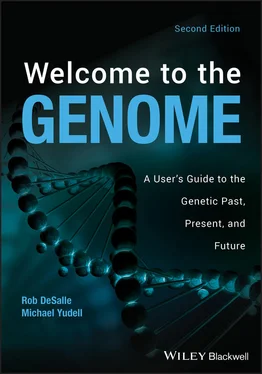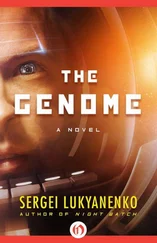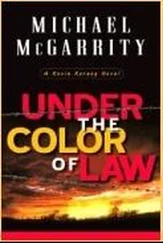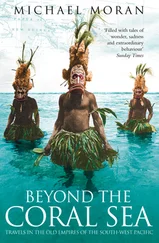1 ...8 9 10 12 13 14 ...21 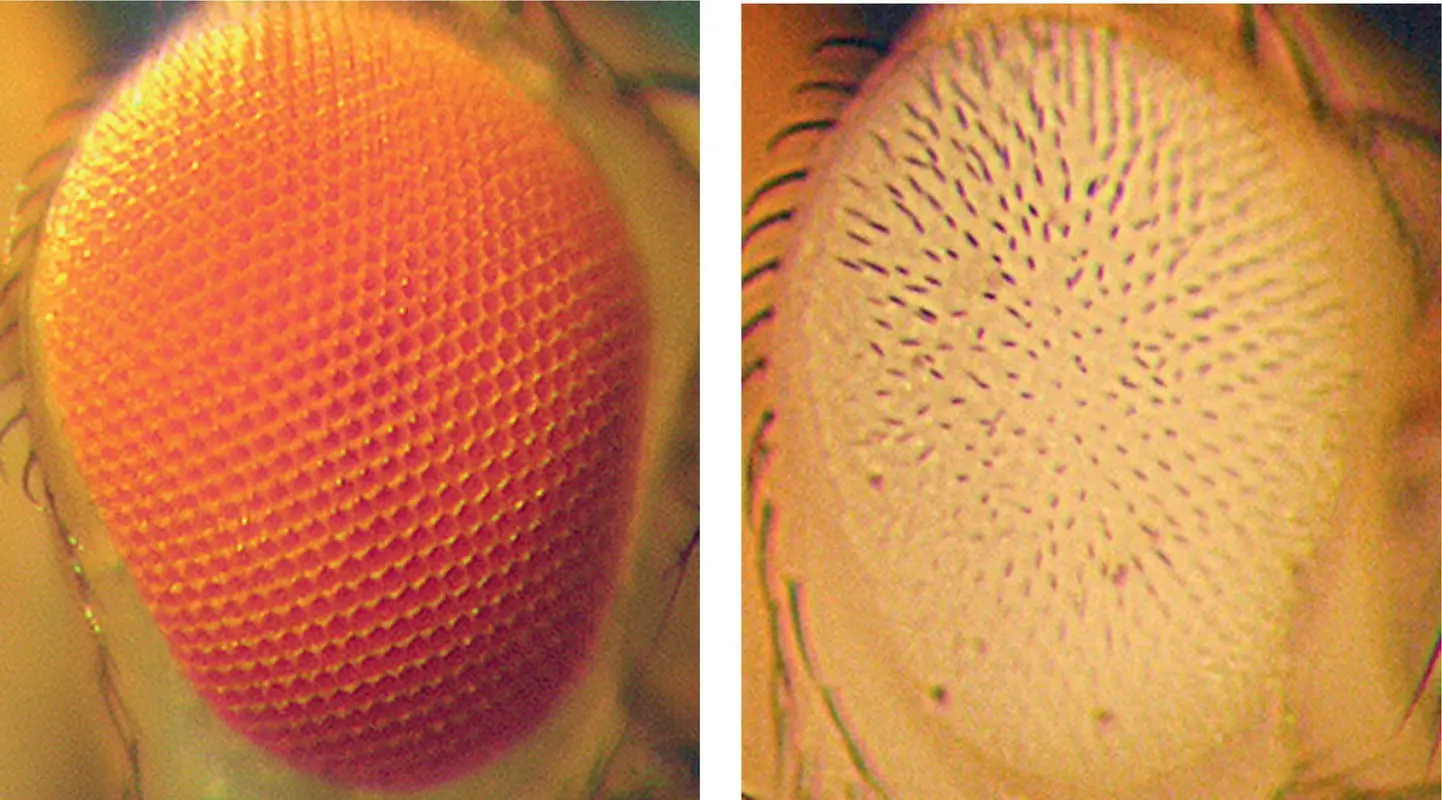
Figure 1.5Most Drosophilia look like the red‐eyed fly on the left. Morgan’s discovery of and breeding experiments with the mutant white‐eyed variety, as seen on the right, confirmed Mendel’s basic laws and expanded them to include the linearity of genes on chromosomes.
Credit: Daniel Marenda, PhD and the Marenda Laboratory
There are two types of mutations. One is somatic (remember these are an organism’s nonreproductive cells)—that is, its effects die with the organism. The other type of mutation occurs in the germline (in reproductive cells) and can be passed between generations. But cells are resilient. During cell division errors do occur, most of which are repaired by cellular mechanisms that are constantly at work to thwart the proliferation of cells with mutated nucleotides. During cell division, repair mechanisms check to make sure that the correct nucleotide has been selected at every stage of DNA synthesis. This is a tremendous task—in the human genome more than 3 billion bases are read and checked each time a cell divides. These repair systems are redundant several times over. During mammalian cell division, for example, a gene called p53 plays an important role as a cellular safety device—it can stop cells with damaged DNA from reproducing themselves. This has earned this gene the nickname “guardian angel of the genome.” (37) Mutations in the p53 gene seem to play a significant role in the development of human cancers. Typically, a mutated p53 is not as effective at controlling the proliferation of cells with damaged DNA, and dangerous mutations can grow over time to become cancers.
The cause of a mutation can be the result of exposure to radiation, but as was the case in the Morgan lab, the causes of mutations for a white‐eyed variation were probably far more ordinary. The white‐eyed trait most likely arose from a random error in the DNA replication process. Less likely, the mutation may have been caused by a mutagen, an agent that can cause mutation. Temperature changes during gestation, environmental exposures, certain viruses, radiation, ultraviolet light, and chemicals can all act as mutagens. By using the mutations found in Drosophila , Morgan was able to begin to map the Drosophila genome. (38) This was not like the modern genome sequence maps that we hear a lot about today. Indeed, although DNA had already been isolated from cellular material, it was not yet even suspected to be the “stuff” of heredity. Thus, there could be no map of the sequence of this genome, as neither science nor technology was even close to accomplishing this feat. Instead, Morgan began to map the location, or linear arrangement, of particular genes along Drosophila chromosomes. Working with a series of mutations, including variations in body color and wing shape, Morgan and his collaborators were able to create chromosome maps showing the location of certain genes on each of Drosophila ’s four chromosomes. (39) Morgan’s group, for example, determined that the white‐eyed mutation lies on the X, or Drosophila sex chromosome. (40)
The beauty of Morgan’s work, much like Mendel before him, stemmed from his powers of deduction. Morgan could never actually see the positions of genes on the Drosophila chromosomes, but he could create virtual maps based on his experiments and deductions. Faced with unknown and unpredictable challenges neither he nor his colleagues on the genetic frontier could have anticipated, Morgan’s team was able to organize information in a fashion that is as elegant and relevant today as it was when his discoveries were made. Morgan’s biographer Garland Allen notes that “there have been few research groups in modern biology that have functioned as effectively together as did Morgan’s group in their fly room between 1910 and 1915.” (41) To develop chromosome maps, the Morgan lab used a technique that came to be known as the three‐point cross. Morgan reasoned that two genes very close to each other on a chromosome would appear to stay with each other even when other parts of the chromosome recombined. By looking at thousands and thousands of flies for visible mutations and breedings these mutations in the lab, Morgan was not only able to arrange these into linkage groups on chromosomes based on whether or not they segregated together, but also to say how the traits were organized on the chromosomes. (42)
But all was not well on the genetic frontier. These new and very powerful ideas concerning heredity, just beginning to make sense to some and still unknown to most, became a way to understand the world not only scientifically, but also socially.
EUGENICS—“PREVAILING SPEEDILY OVER THE LESS SUITABLE”
Morgan was not alone in his search for the mechanisms of heredity. The meanings of heredity captured the attention of natural and social scientists and, of course, the general public. While the work of Morgan and his colleagues dominated the scientific understanding of heredity during the first three decades of the twentieth century, a group of men and women known as eugenicists dominated the public understanding of heredity. These eugenicists, working under the assumption that all traits were heritable and genetic, burst onto the scene beginning in the 1890s, inspired by the work of Francis Galton in England. (43) Galton, a first cousin of Charles Darwin, defined the practice of eugenics as the science of giving “the more suitable races or strains of blood a better chance of prevailing speedily over the less suitable.” (44)
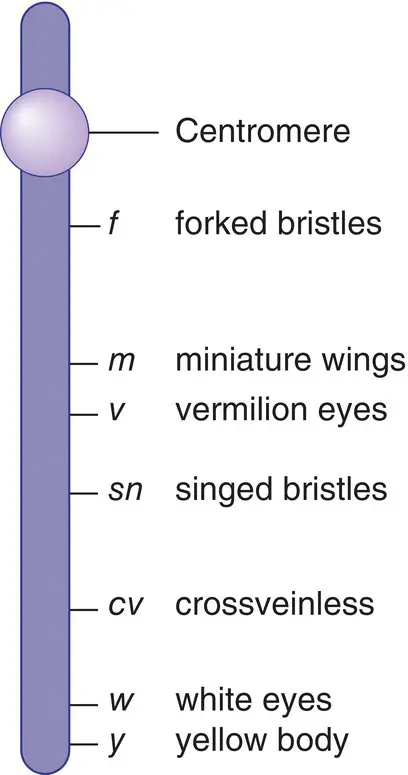
Figure 1.6Morgan’s experiments with Drosophila led to the development of the first map of an organism’s genes. This modified map shows the location of some genes on the Drosophila X chromosome.
Credit: DNA Learning Center, Cold Spring Harbor Laboratory
The early twentieth century was a turbulent time in world history, particularly in the United States, when an influx of immigrants from Europe and the migration of African Americans out of the Deep South were challenging America’s cultural and racial hierarchy. (45) Discoveries in genetics were seized on to aid in the development of social theories concerning human difference. This ultimately gave rise to eugenics, the science of improving the qualities of humanity through selective breeding. Henry Fairfield Osborn, a prominent eugenicist and president of the American Museum of Natural History from 1908 to 1933, noted that “to know the worst as well as the best in heredity; to preserve and to select the best—these are the most essential forces in the future evolution of human society.” (46) “The social application of eugenic theories,” one historian writes, “led to specific, detrimental effects on the lives of scores of immigrant families in the United States and to the genocide against Jews in Germany.” (47)
Immigration restrictions in the United States were buoyed by eugenicist sentiment. Harry Laughlin, the superintendent of the Eugenics Record Office at the Cold Spring Harbor Laboratory, appeared before Congress several times in the early 1920s promoting his belief that immigration was foremost a “biological problem.” The Cold Spring Harbor Laboratory, headed by Charles Davenport, was for all intents and purposes the headquarters of eugenics in the United States during first 40 years of the twentieth century. As Davenport’s number two at the laboratory, Laughlin fervently promoted eugenics, maintaining, for example, that recent immigrants from eastern and southern Europe were afflicted “by a high degree of insanity, mental deficiency, and criminality.” In his testimony before the House Committee on Immigration and Naturalization, Laughlin pleaded with Congress to restrict immigration so the United States would be allowed to “recruit and to develop our racial qualities.” (48)
Читать дальше
